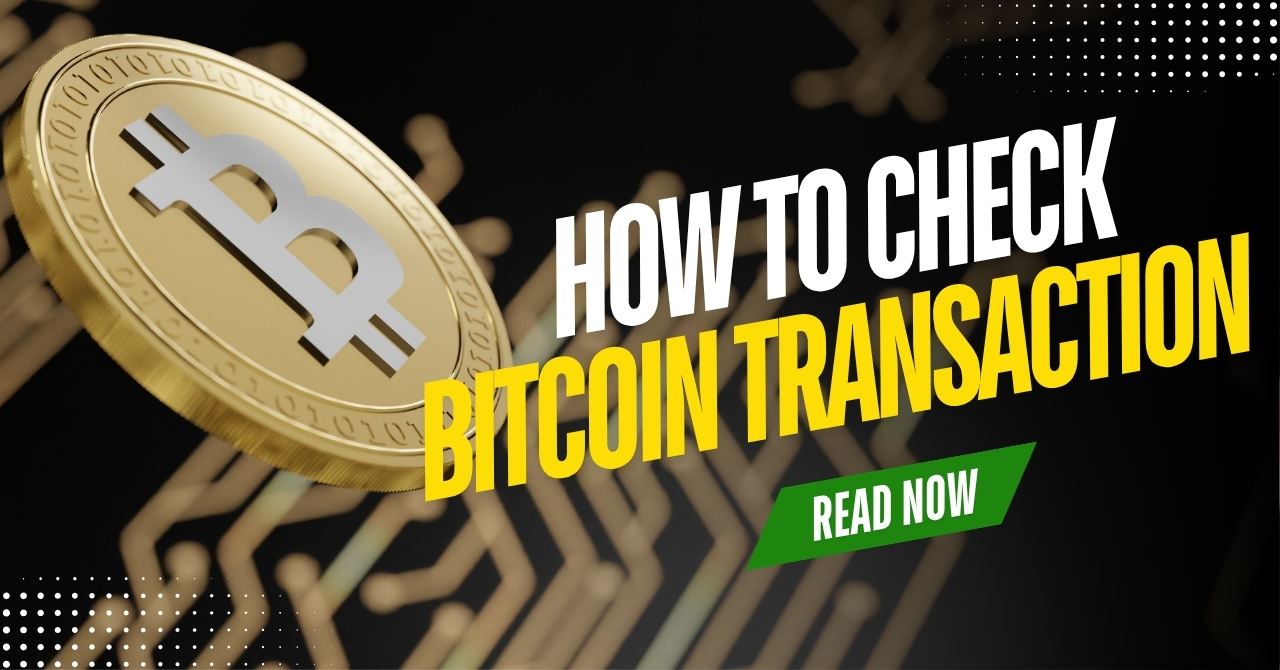Wondering how Bitcoins work? This article will explain how Bitcoin works in simple terms. It also covers how it was created and why it is different from traditional currencies. You’ll learn about key concepts like blockchain, wallets, and mining. We’ll also show you how Bitcoin lets people send money to each other without using a bank.
1. Introduction: Understanding Bitcoin
To understand how Bitcoin works, we need to start with the basics. What exactly is Bitcoin? What is cryptocurrency? Who made it? And why do people say it could change the way we use money? Let’s find out together.
1.1. What is Bitcoin?
Bitcoin is a type of digital currency. In other words, it’s known as a cryptocurrency. What makes Bitcoin unique is how bitcoin works. It doesn’t rely on a bank or government to function. Instead, it uses blockchain technology and cryptography to stay secure and independent.
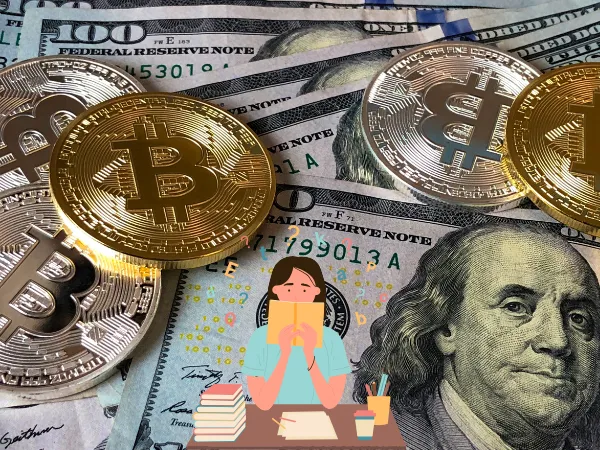
It was introduced in 2009 by a mysterious person (or group of people) using the name Satoshi Nakamoto. Since then, Bitcoin has transformed into the most influential and widely used digital currency worldwide.
Regular cash is something you can hold. But Bitcoin is different. It exists only online. So you cannot touch it. It is stored digitally using a tool called a cryptocurrency wallet, or digital wallet. You can use Bitcoin to buy things, invest, or send money to someone anywhere in the world.
1.2. Who Created Bitcoin and Why?
The idea behind Bitcoin was born out of the 2008 financial crisis. Satoshi Nakamoto published a whitepaper titled “Bitcoin: A Peer-to-Peer Electronic Cash System”. It explained how Bitcoin works as a decentralized currency. The system was designed to give people more financial control. It removes the need to trust centralized banks.
Although Satoshi Nakamoto disappeared in 2010, the technology has continued to thrive. It helped create a multi-trillion-dollar cryptocurrency market.

“Bitcoin: A Peer-to-Peer Electronic Cash System”
1.3. What Makes Bitcoin Different from Traditional Money
Traditional money is printed and controlled by governments and banks. Bitcoin is decentralized, meaning no one controls it. Here’s a quick comparison of Bitcoin vs traditional currency to help you understand how Bitcoin works differently:
| Traditional Money | Bitcoin |
| Issued by governments | Created by computer code |
| Stored in banks | Stored in digital wallets |
| Transactions can be slow | Transactions are fast |
| Can be printed anytime | Only 21 million will exist |
The different between bitcoin and traditional money
These differences are key to understanding how Bitcoin works and why it’s considered revolutionary.
2. How Bitcoin Works: A Step-by-Step Overview
So, how does Bitcoin work on a technical level? It uses blockchain technology, cryptographic security, and decentralized computers. Here’s a simple overview of how Bitcoin works behind the scenes.
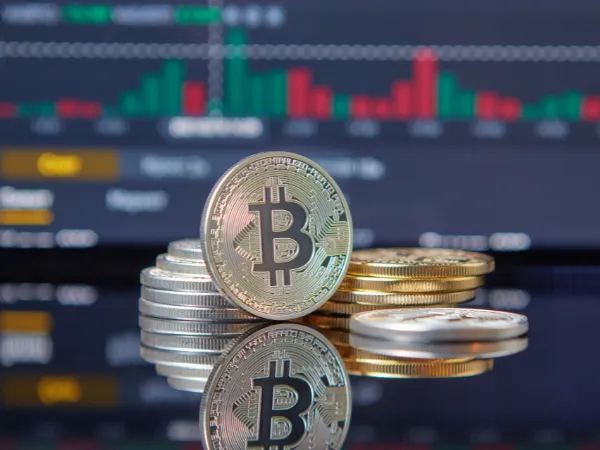
2.1. The Role of Blockchain Technology in Bitcoin
At the center of how Bitcoin works is the blockchain. A blockchain is a digital ledger or record.
For example, imagine a notebook where every Bitcoin transaction is written down. Then, once it is written, it can’t be erased or changed. Each new page in the notebook is called a block. When a block is full of transactions, it is added to the chain. So, this creates a secure and clear system for tracking Bitcoin ownership.
You can even explore this digital ledger yourself using a Bitcoin blockchain explorer, a tool that lets anyone lookup and verify transactions on the network.
To make it easier for you to visualize, the infographic below shows how blockchain works:

2.2. What is a Bitcoin Wallet and how does it function?
A Bitcoin wallet is a tool that helps you store and use your Bitcoin. It’s like a digital wallet on your phone or computer where your Bitcoins are kept safely. But instead of holding physical coins, it holds secret codes called “keys” that let you access your Bitcoin. These keys are essential to how Bitcoin works because they allow you to send and receive Bitcoins securely.
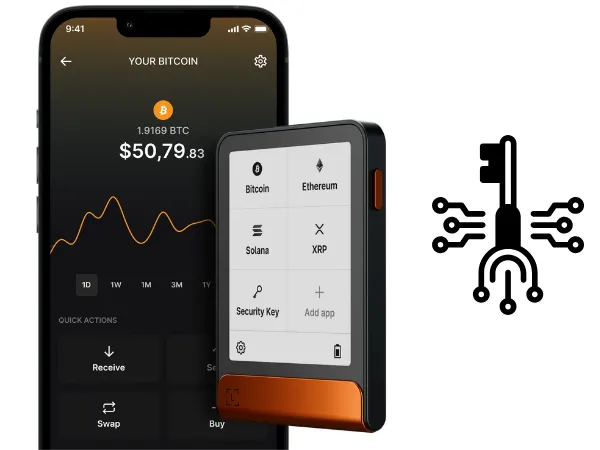
When you want to send Bitcoin to someone, your wallet uses these keys to make the transaction. When someone sends Bitcoin to you, your wallet receives it and shows your new balance. Wallets keep your Bitcoin safe and help you use it easily.
There are two important keys in a Bitcoin wallet:
- Public Key: Think of this as your email address. You can share it freely so others can send you Bitcoin.
- Private Key: This is like your password. You use it to send Bitcoin, so it’s crucial to keep it safe and never share it with anyone.
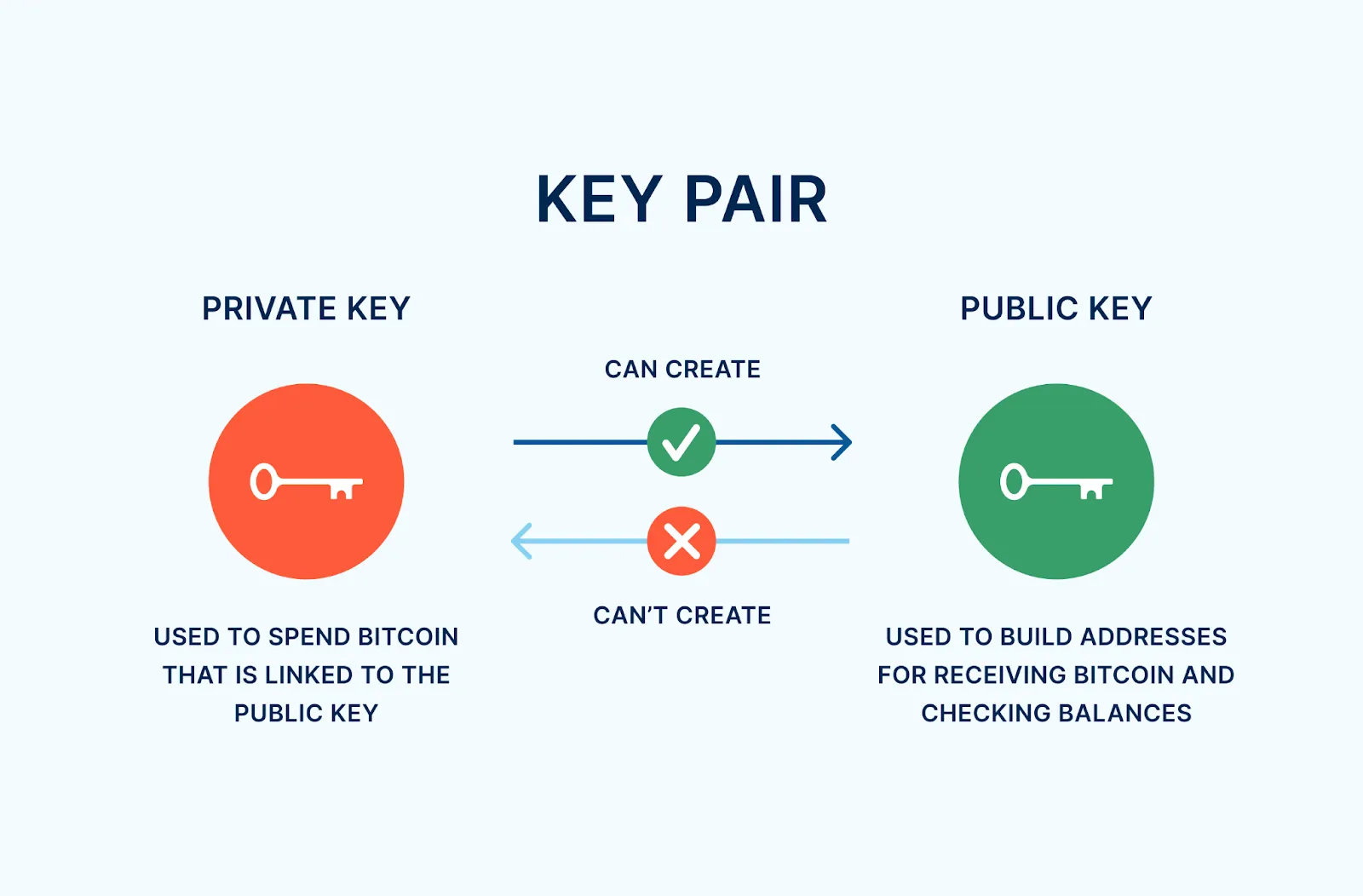
These keys are central to how Bitcoin works securely. If you’re wondering how Bitcoin makes money for beginners, wallets play a role by helping users safely store and transact Bitcoin they’ve earned or bought.
Security Tip: Based on industry experience, always backup your private key offline. If you lose it, your Bitcoin is permanently inaccessible.
2.3. Bitcoin Mining and Halving: What You Need to Know
To understand how Bitcoin works, it’s important to know how mining supports the entire system.
2.3.1. Proof of Work Explained
Bitcoin mining is the process by which transactions are verified. Then, these transactions are added to the blockchain. It is called Proof of Work. This is because miners must solve a complex mathematical puzzle. The puzzle “proves” the validity of a block of transactions.
Only the first miner to solve the puzzle gets the right to add the block. That miner is rewarded with new bitcoins plus transaction fees. This process happens approximately every 10 minutes. It’s a core part of how Bitcoin works on a technical level.

This is also a key way how Bitcoin makes money for beginners who get involved in mining, though the process is competitive and requires powerful hardware.
2.3.2. Mining Rewards and Halving
At first, miners received 50 BTC for each block. But every 210,000 blocks, the reward is cut in half. This occurs roughly every four years and is known as halving.
As of the fourth halving on April 20, 2024, the block reward is 3.125 BTC. Over time, the reward will get smaller and smaller. Eventually, the reward will be almost zero. This sets a hard limit of 21 million bitcoins that can ever exist. The following table will show that:
| Year | Bitcoin Block Reward |
| 2024 | 3.125 |
| 2028 | 1.5626 |
| 2032 | 0.7813 |
| 2036 | 0.39065 |
| 2040 | 0.195325 |
| 2044 | 0.0976625 |
| 2048 | 0.04883125 |
| 2052 | 0.024415625 |
| 2056 | 0.0122078125 |
| 2060 | 0.00610390625 |
| 2064 | 0.003051953125 |
| 2068 | 0.001525976563 |
| 2072 | 0.0007629882813 |
| 2076 | 0.0003814941406 |
| 2080 | 0.0001907470703 |
| 2084 | 0.00009537353516 |
| 2088 | 0.00004768676758 |
| 2092 | 0.00002384338379 |
| 2096 | 0.00001192169189 |
| 2100 | 0.000005960845947 |
| 2104 | 0.000002980422974 |
| 2108 | 0.000001490211487 |
| 2112 | 0.0000007451057434 |
| 2116 | 0.0000003725528717 |
| 2120 | 0.0000001862764359 |
| 2124 | 0.00000009313821793 |
| 2128 | 0.00000004656910896 |
| 2132 | 0.00000002328455448 |
| 2136 | 0.00000001 |
| 2140 | 0.00000001 |
2.4. Decentralization: What does it mean for Bitcoin
One of the most important aspects of how Bitcoin works is decentralization. No company, person, or government controls it.
Bitcoin works using a network of many computers around the world. These computers are called nodes. Each node communicates with other nodes and assists in keeping Bitcoin operating 24/7. There are thousands of nodes in different countries. Even if some of them stop working, the rest can still keep Bitcoin running. This makes Bitcoin very strong and hard to stop.
Every node contains a complete copy of the blockchain, a record of all transactions involving Bitcoins. When someone sends or receives Bitcoin, the nodes check to make sure the transaction is authentic.
Because of decentralization, no one can shut down Bitcoin, and no one can control it alone. That is why people trust it.
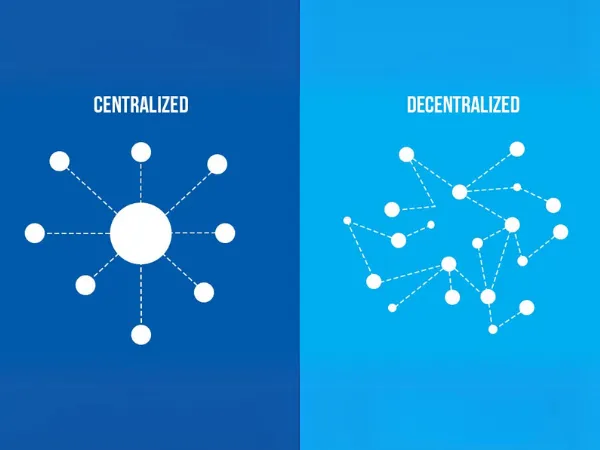
2.5. How a Bitcoin Transaction Works: Example
Let’s see how Bitcoin works by looking at a simple example of sending Bitcoin from one person to another:
- Anna wants to send 1 Bitcoin to Kevin.
- She opens her Bitcoin wallet and types in Kevin’s public address (like his Bitcoin email).
- Anna uses her private key (her secret password) to approve the payment.
- Miners check to make sure Anna has enough Bitcoin and that the transaction is real. (The miners will receive a small reward for their work in confirming the transaction.)
- Once confirmed, the Bitcoin moves from Anna’s wallet to Kevin’s wallet.
- Kevin can now see the 1 Bitcoin in his wallet.
3. FAQs About How Bitcoin Works
Q1: Can anyone mine Bitcoin?
Yes, anyone with a computer and internet can mine, but specialized hardware is required to be competitive.
Q2: Can I use Bitcoin to buy things?
Yes, you can use Bitcoin to buy things at stores and online places that accept it, but be sure to check your local laws first.
Q3: Is Bitcoin legal?
In most countries, yes. Always check your local laws before buying or using Bitcoin.
Q4: Can I lose my Bitcoin?
Yes, if you lose your private key or send it to the wrong address, there’s no way to recover it.
Q5: Who controls Bitcoin?
No one entity. It’s controlled by code, miners, and community consensus.
4. Conclusion
Bitcoin isn’t just a passing trend, it’s a revolutionary concept changing how we think about money, value, and trust. Understanding how Bitcoin works helps you participate safely and smartly in the evolving financial world.
Whether you’re planning to invest, transact, or simply learn, Bitcoin offers a glimpse into the future of global finance.Now that you understand how Bitcoin works, if you are interested in Bitcoin, you can explore more on Việt Nam US – Trade.



